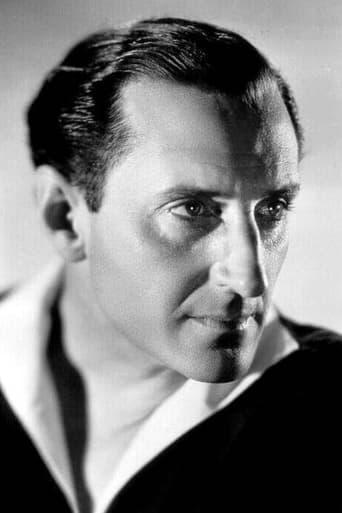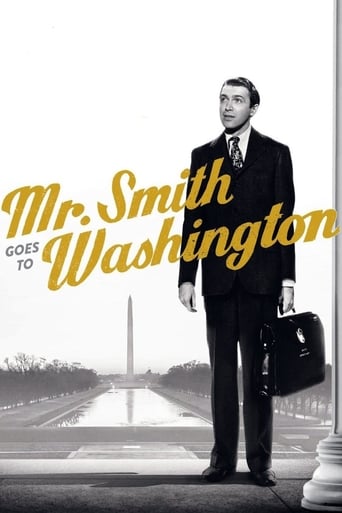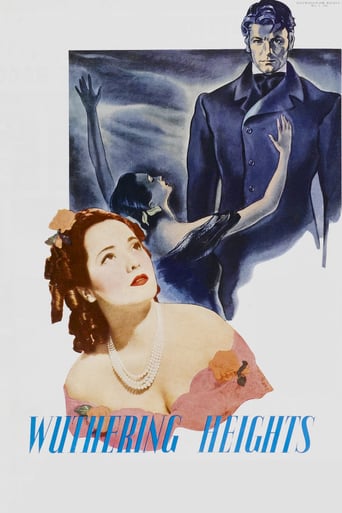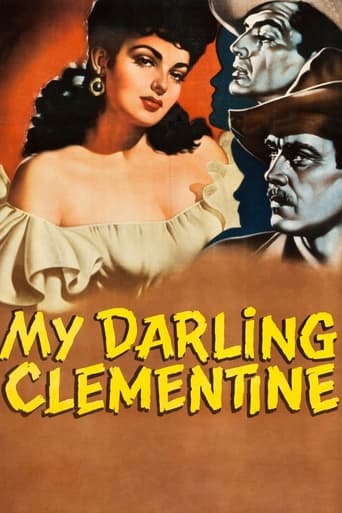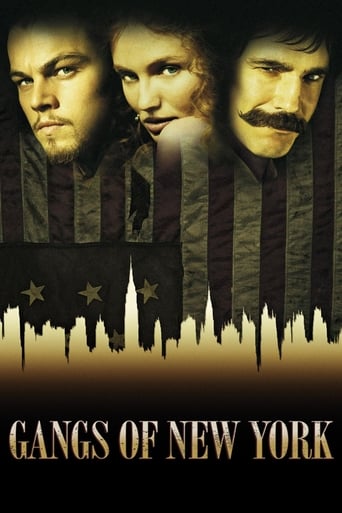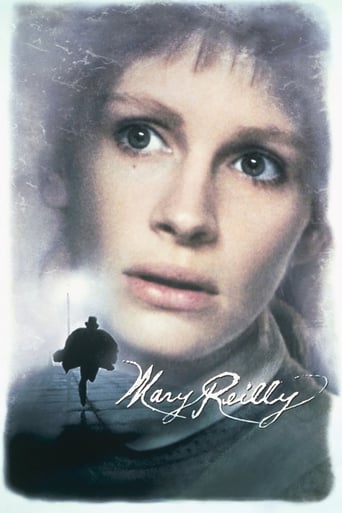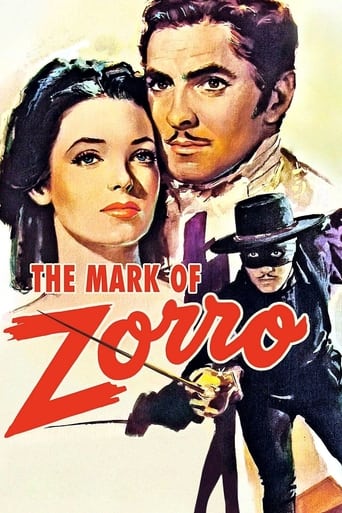
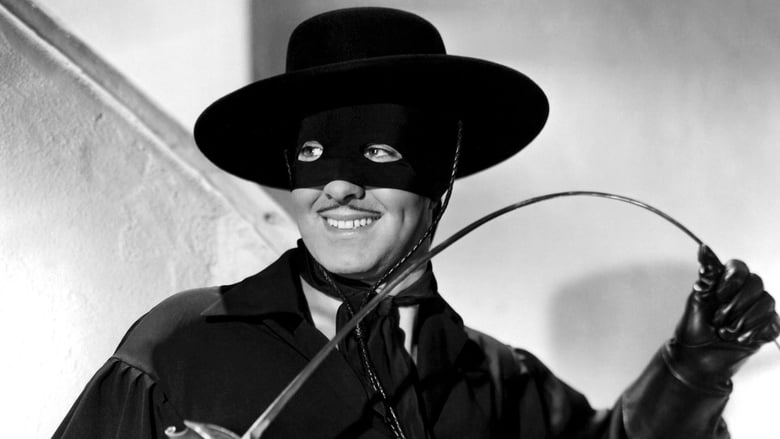
The Mark of Zorro (1940)
Around 1820 the son of a California nobleman comes home from Spain to find his native land under a villainous dictatorship. On the one hand he plays the useless fop, while on the other he is the masked avenger Zorro.
Watch Trailer
Cast
Similar titles
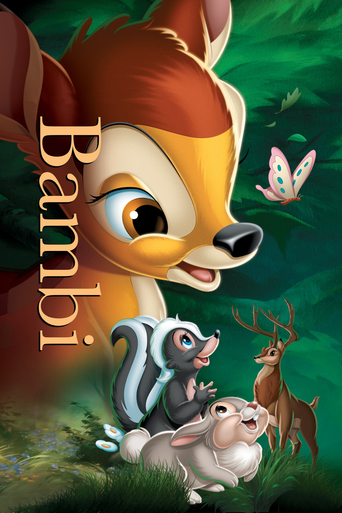
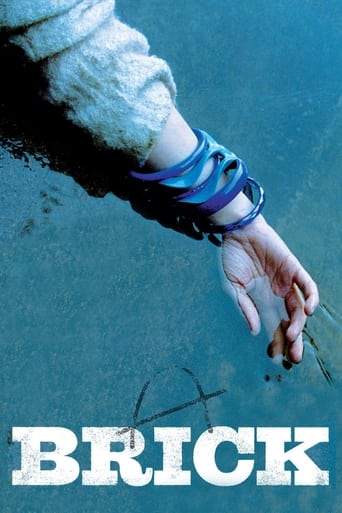
Reviews
That was an excellent one.
I don't have all the words right now but this film is a work of art.
A terrific literary drama and character piece that shows how the process of creating art can be seen differently by those doing it and those looking at it from the outside.
Through painfully honest and emotional moments, the movie becomes irresistibly relatable
Since I was a boy I've been a fan of the swashbucklers; Errol Flynn was in most of my favorites with a few exceptions...like this gem 'The Mark of Zorro'. It just doesn't get any better than this. Tyrone Power was near perfect in the role. He seems to relish playing his character's dual personality, pretending Diego is pompous, ornately dressed, frail and pampered, or as his secret identity, the brave and daring swordsman Zorro. It's the type of tale common to these films yet still intriguing...a man is called back to his home only to find the once happy people there are now cruelly mistreated by a greedy tyrant. As Zorro, he robs the tax money back from the tyrant to give to the poor and punishes the abusers. For some reason, not clear to me, he lets his father and mother think his time away has changed him into the delicate man described above. Other people like the local padre and the woman he falls for do learn his secret rather early on...so I'm curious as to why he kept his parents in the dark. Two alumni from another swashbuckler gem 'The Adventures of Robin Hood' are in this movie...Basil Rathbone and Eugene Palette. Their characters are much the same here. Mr. Palette is basically playing a Hispanic version of Friar Tuck and Mr. Rathbone is a variation of the Sheriff of Nottingham, with the lovely Linda Darnell in the Maid Marian type role. The actors are all perfect in their parts so it's fine that we've seen it before. The rousing music added to the experience; I believe it was partly composed by Alfred Newman. The ending will leave you smiling.I would like to add that I watched this in the colorized version for the first time. I'd seen it in the original B/W many times before. I know the valid arguments against colorizing classics, still I have to say this looked stunning in color. For me it added a new dimension to a favorite. Here the color bought out the beauty of the women and detail of the intricate costumes and scenery. I found myself looking at the detail of the uniforms, even the shining silver of the belt buckle on Mr. Rathbone's guard uniform and such.I rate this film a 10 out of 10 stars.
My first introduction to the character Zorro was in an old serial they showed on television in the early 1950s when I just a kid, to wit, "Zorro's Fighting Legion" (1939). Needless to say, I was fascinated by the parts where Zorro was all decked out in his black outfit, complete with cape, sword, and whip. The television station followed up by presenting an earlier serial, "Zorro Rides Again" (1937), and though I didn't care for his mask, I still paid more attention to the parts where he was in costume and not so much to the parts where he is in ordinary dress pretending to be weak and lazy. And I was thrilled when Disney studios produced a television series entitled simply "Zorro" in 1957. As before, it was the parts where I got to see Zorro gallivanting about that I was interested in, not so much the part where he is Don Diego de la Vega.Whether I preferred the parts where Zorro is doing stuff was because I was a child or whether it was because these two serials and the television series were juvenile in nature, I cannot say. But it was quite a surprise for me when, as a college student, I saw "The Mark of Zorro" for the first time. Of course, it had the star quality of such actors as Tyrone Power and Basil Rathbone, as well as the production values of a major studio, all of which were bound to make it much better than what I had seen previously. But what really struck me was the fact that the parts of the movie featuring Zorro constituted a relatively small amount of screen time, which was greatly exceeded by the amount of time devoted to Don Diego. The emphasis on Don Diego in this movie even went so far as to have him fight the climactic duel as Diego and not as Zorro. In this, the movie followed the 1920 version with Douglas Fairbanks. But most movies do not do this, choosing instead to have the climactic duel fought by Zorro. For example, the made-for-television version starring Frank Langella has the actor in full Zorro regalia in the final showdown.The amount of screen time given to Zorro versus Diego determines the kind of movie it is. A costumed character is exciting to watch, but he is all action and external appearance. He must be in constant motion, running, riding, fighting, and so forth. If he stands still for too long, he begins to look silly, especially if he is wearing a cape. It is with his secret identity, Diego in the case of Zorro movies, that we get to know the man, to learn what he thinks and feels. Moreover, we get to watch him acting a part in order to keep people from suspecting that he is the one who wears the mask. In this case, the part is that of a fop. It is a pretense also used in "The Scarlet Pimpernel" (1934), starring Leslie Howard as the title character and as Sir Percy Blakeney, but Howard's performance in that role was over the top and irritating. Diego's foppery as performed by Tyrone Power, on the other hand, is so good that we find ourselves impatiently waiting for the Zorro scenes to end so that we can have more Diego.
And the unbeatable version of this story; after seeing this when young no other version made before or since would do for me. It's a masterclass in telling an exciting adventurous romantic story intelligently in an artistic not Arty manner, for popular not highbrow consumption.Dashing young swordsman Tyrone Power is recalled from Spain to his deflated father Montagu Love's ranch in California where he finds the downtrodden peons steeped in taxes and misery and ready to revolt against their oppressive rulers led by the incisive Basil Rathbone and his stooge J Edward Bromberg. Times don't change much. He decides to become a masked avenger for the People and plays a tired fop to all as a disguise for his unlawful machinations. It's a fantastic story delivered by a fantastic cast in a fantastic Mamoulian/TCF production, even down to Alfred Newman's splendid score and the gleaming nitrate black and white photography. Eugene Palette unfortunately reprised his Friar Tuck role but was completely forgivable whilst to put it charitably Linda Darnell added some new aspects to DeHavilland's Maid Marion character. The screen is full of big characters and big faces which really are best served on a big screen.It's a wonderful roller-coaster ride all the way to the Big Duel with Sir Guy, sorry, Captain Pasquale and climax; I've always preferred Flynn's Robin Hood but this is a heart-stirring companion piece to it and a film I've seen so many times I've lost count. It has certainly left its mark on me.
True story, an old friend called to share with me his view that the best movies were the older Hollywood movies from the 30s and 40s (a view that becomes progressively more controversial in an inverse ratio to the age of the viewer) and I offered to go poking and prodding among my IMDb reviews to pick out 10 "must-see films" that have never been imitated, even in the endless make-a-buck modern remakes. After putting together the list, I noticed that, while I had referenced this specific film in other reviews (most especially my take on the modern Anthony Hopkins re-do where, mysteriously, younger viewers WHO HAD NEVER SEEN THIS VERSION became somewhat irritated at my calling the Hopkins version an abomination, even though I did provide detailed reasons..) I had neglected to actually review this film for IMDb. Mea culpa. I have seen the film a dozen times, I own two DVD copies, so here we go: 1. The Zorro legend commands respect, which means essentially don't monkey with it, as (for example) having two Zorros in the same film (not going to mention any names, you figure out what I am talking about). When A&E did a "biography" of Zorro, they opined that he was likely the first ever "superhero" because of his great skill and the secret identity. No argument from me. 2. This version is very faithful to the original story, with brilliant casting (some say Power's best film, period) and flawless direction by Rouben Mamoulian. Darnell is perfect as the shy young damsel who becomes progressively less shy when she has a chance to snag the man of her dreams. Rathbone (who, to be fair, did make a wonderful Holmes) is UNFORGETTABLE as the bad guy. 3. The climax represents the best of everything Hollywood stood for in the period. When Power decides to forgo the secret identity and challenge Rathbone outright, there ensues THE LONGEST AND MOST PERFECTLY FILMED SWORD FIGHT IN Hollywood HISTORY to that point in time. 4. As much as I would love to prattle on about this film, just writing this review compels me to go watch it again, so, kind reader, you will have finish the review without me...**POSTSCRIPT** The other 9 films in the list I prepared for my pal were, in no special order: Lady in the Lake (1947) The Devil and Daniel Webster (1941 Portrait of Jennie (1948) Sullivan's Travels (1941) The Magnificent Ambersons (1942) The Thief of Bagdad (1940) Death Takes a Holiday (1934) The Man Who Could Work Miracles (1936) Here Comes Mr. Jordan (1941).


